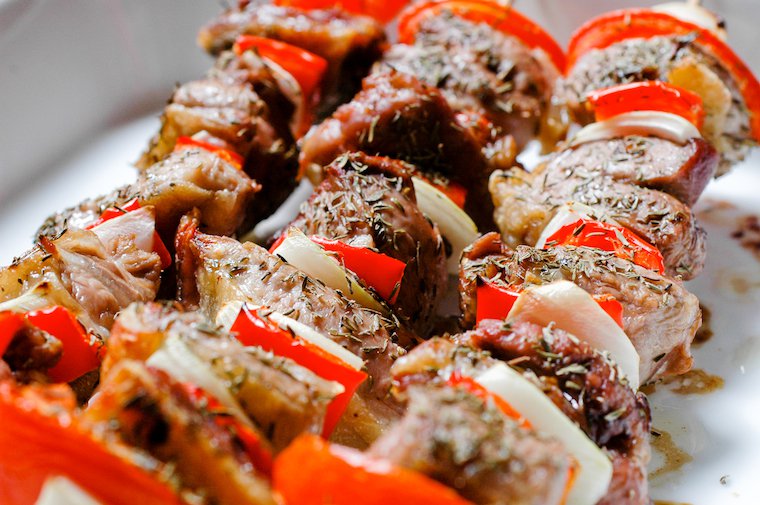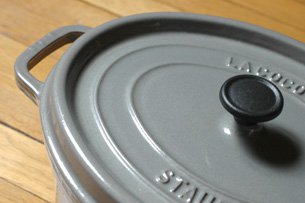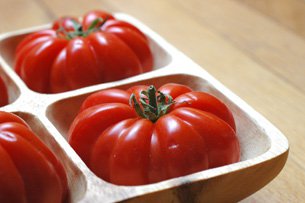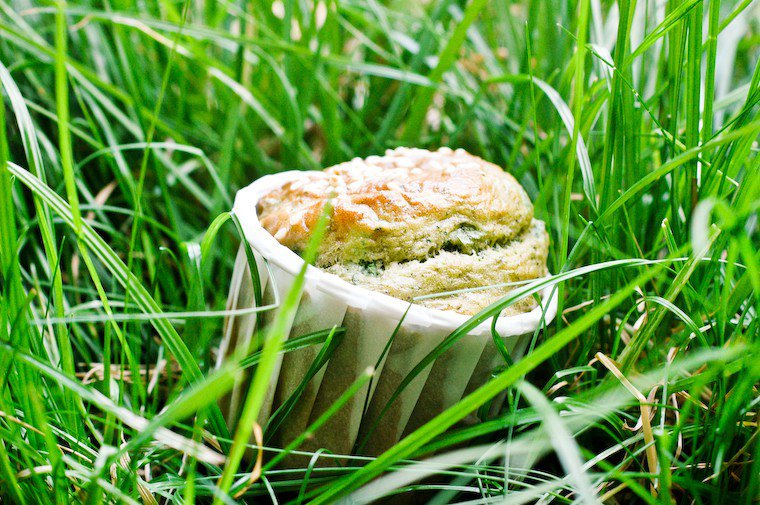
I have written about my grandmother on a few occasions in the past. She is my father’s mother and she lives not too far from me, which allows me to visit and bask in the glow of her tenderness and her general wisdom on all things life.
In the past few years, my ever-growing passion for food and cooking have definitely brought us closer: as a devoted cook herself, I can see how happy she is that a grandchild of hers would share that interest and be delighted to converse endlessly about tips and recipes and tricks of the trade.
Since she doesn’t speak English and has never used a computer — much less been on the Internet — it is somewhat difficult to explain what C&Z is, but I try (clippings help), she gets the general idea, and she’s very eager to help. Most recently, she decided to entrust me with one of her cooking bibles called L’Art Culinaire Moderne written by Henri-Paul Pellaprat, which she acquired in late 1946 as her handwritten ex-libris attests.
I am fascinated by vintage cookbooks and this one is no exception. With more than 700 pages, 3,500 recipes and 270 pages of illustrations, the author’s ambition is to establish the standards of la bonne table française et étrangère — French and foreign cuisine — for the use of the home cook (needless to say, this is a woman we’re talking about here).








